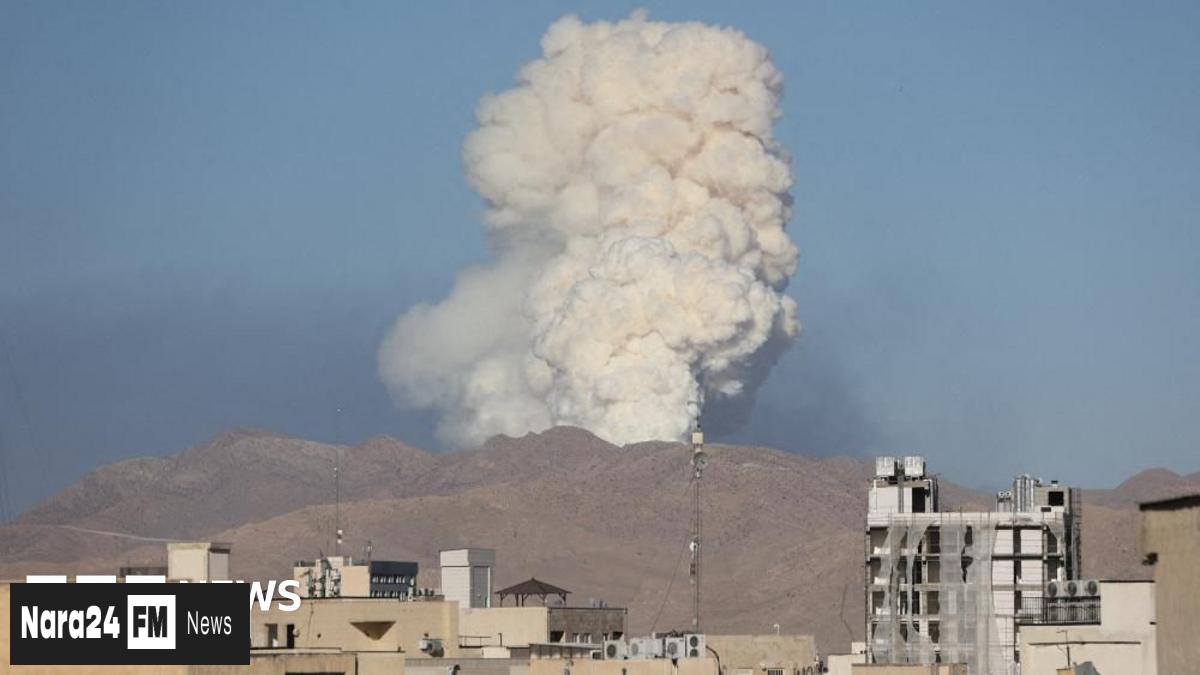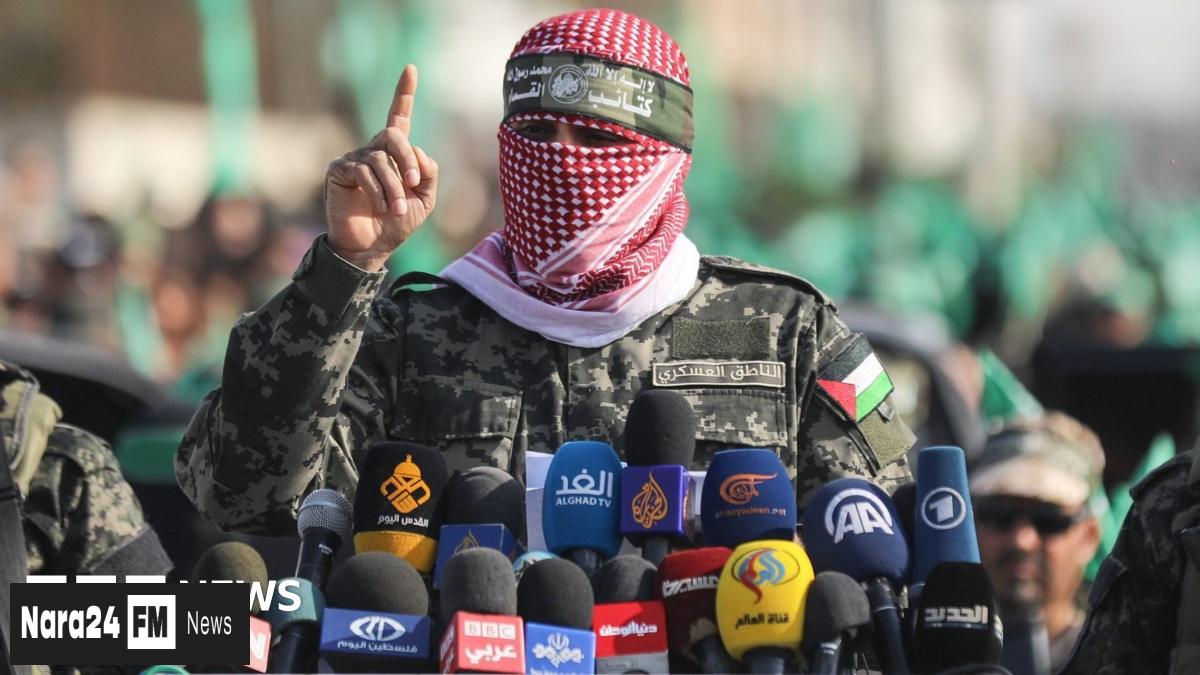In This Article
- Background of the Conflict
- Deployment of B-2 Stealth Bombers to Guam
- Significance of B-2 Bomber Deployment
Key Takeaways
- US deploys B-2 stealth bombers to Guam in response to Iran-Israel conflict
- B-2 bombers can carry bunker-busting bombs for targeting Iran's nuclear facility at Fordo
- Deployment signals US readiness to support potential military actions in the Middle East
- Strategic positioning of B-2 bombers in Guam hints at possible joint operations with Israel
In response to escalating tensions between Israel and Iran, the US military has taken measures to station B-2 stealth bombers in Guam. These strategic moves come as President Donald Trump considers the possibility of coordinating offensive air strikes on Iranian nuclear sites alongside Israel.
The deployment of the American B-2 stealth bombers to the US island territory of Guam in the Pacific Ocean is seen as a significant step in the ongoing conflict. These bombers are known for their capability to carry the GBU-57 Massive Ordnance Penetrator, a powerful 30,000lb (13,608kg) bunker-busting bomb that is deemed necessary by experts for targeting Iran's deeply buried nuclear facility at Fordo.
While US officials have refrained from providing direct confirmation on the connection between the bomber deployment and the Middle East conflict, the move signals a readiness to support potential military actions in the region. Fordo's nuclear facility is estimated to be situated approximately 100 meters below the surface and shielded by reinforced concrete, posing a challenge for Israel to effectively target it without the specialized munitions that the US can offer.
The presence of B-2 stealth bombers in Guam reflects a strategic positioning by the US military, hinting at the nation's preparedness to engage in joint military operations with Israel if the decision is made to launch offensive air strikes on Iranian nuclear sites.
For more in-depth analysis on the implications of the B-2 bomber deployment and its potential impact on the ongoing conflict, please refer to the original article.








Comments (0)
Leave a Comment
Be the first to comment on this article!